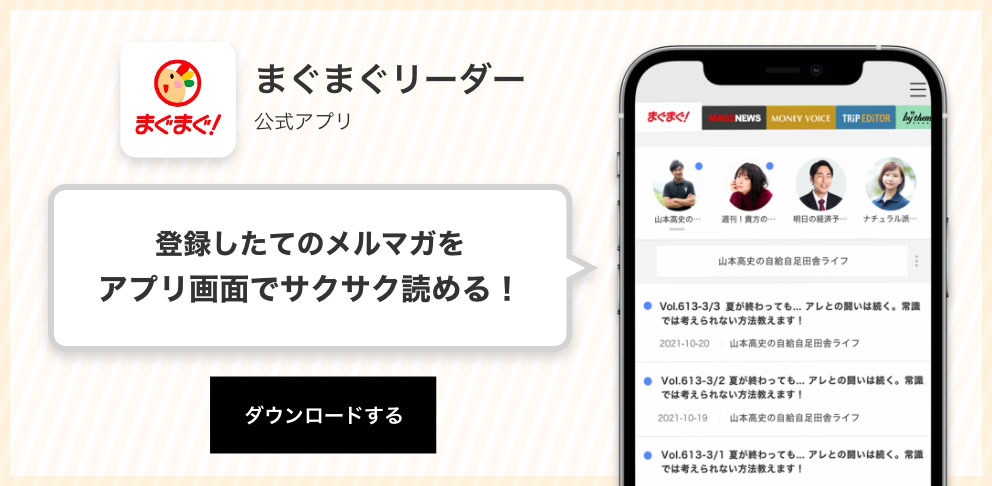【高校英語】共通テストの英文解釈 vol.1433≪2023年共通テスト追試第6問B≫本文第2段落
【高校英語】共通テストの英文解釈□--■--□--■--□--■--□--------------------------------------------◆
【高校英語】共通テストの英文解釈 vol.1433
≪2023年共通テスト追試第6問B≫ 2023/11/29配信
◆----------------------------------------□--■--□--■--□--■--□--■
今回は2023年共通テスト追試第6問Bの内容を掲載します。
■ 問題
第6問B
You are preparing a poster for an in-school presentation on a scientific
discovery, using the following article.
As you are reading this, you probably have a pencil in your hand. In the
center of every pencil is something called "lead." This dark gray material
is not actually lead (Pb), but a different substance, graphite. Graphite
has been a major area of research for many years. It is made up of thin
layers of carbon that can be easily separated. Indeed, it is this ease of
separation that enables the pencil to write. As the pencil rubs against the
paper, thin layers of carbon are pulled off the pencil lead and left on the
paper as lines or writing.
In 2004, two scientists, Andre Geim and Konstantin Novoselov, were
investigating graphite at the University of Manchester, in the UK. They
were trying to see if they could obtain a very thin slice of graphite to
study. Their goal was to get a slice of carbon which was between 10 and 100
layers thick. Even though their university laboratory had the latest
scientific equipment, they made their incredible breakthrough — for what
was later to become a Nobel Prize-winning discovery — with only a cheap
roll of sticky tape.
つづく
この続きを見るには
この記事は約
NaN 分で読めます(
NaN 文字 / 画像
NaN
枚)
これはバックナンバーです

